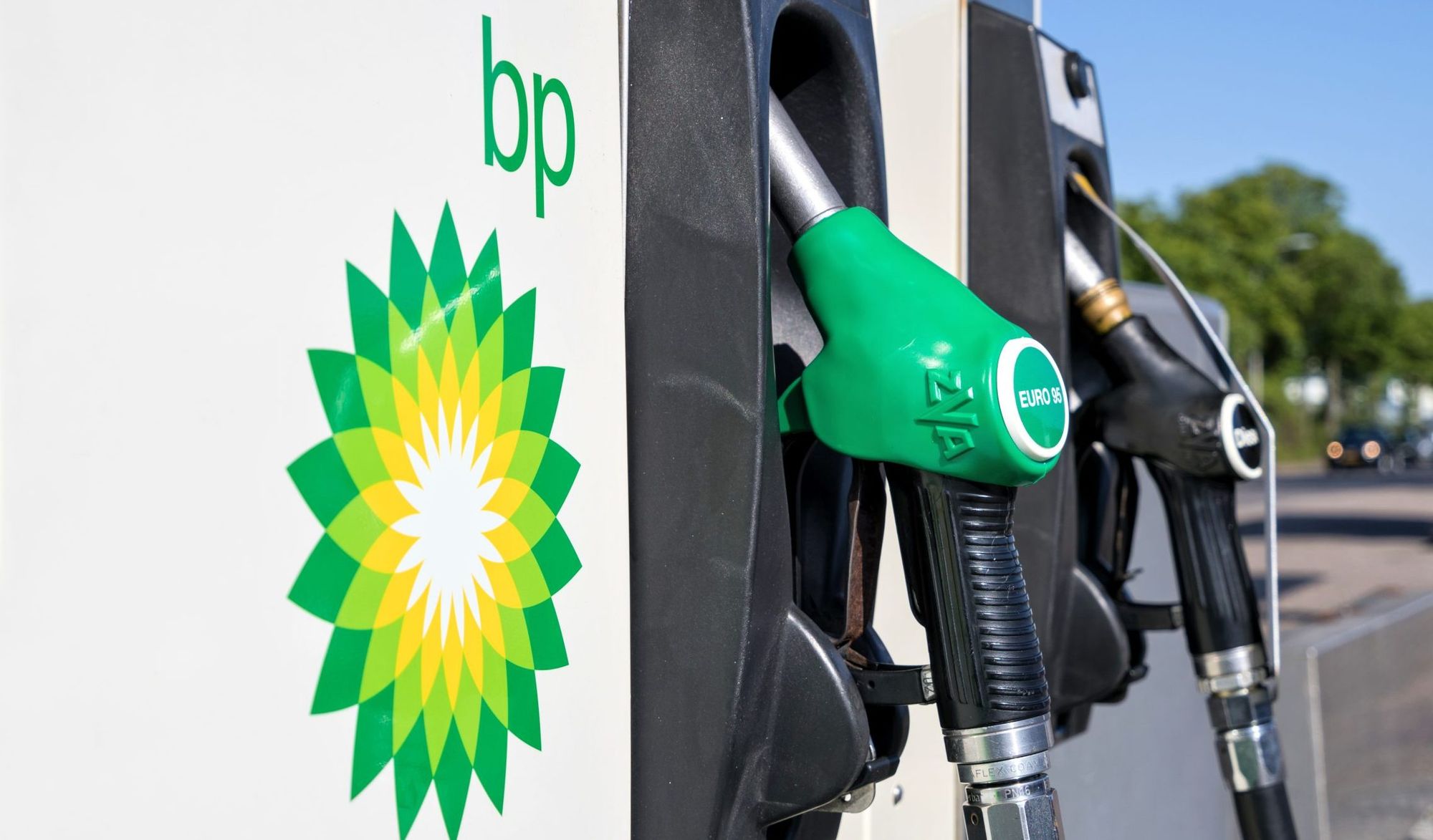FXOpen

If the year 2022 can be remembered for any recurring feature in terms of demand for commonly traded commodities, it can be remembered as a year of high energy prices across many Western countries, with oil being one of the most prized consumable commodities of the year.
In the summer of 2022, Fuel stations across Europe and the United Kingdom were charging in excess of 2 euros / 2 pounds for a liter of unleaded fuel for vehicles, and energy costs for domestic heating, reliant on gas or oil, were soaring, especially in the United Kingdom where approximately 30 energy companies became insolvent and left the market in late 2021, resulting in far less competition at a time during which the raw material itself was in huge demand for geopolitical reasons.
Demand remains very high for crude oil, and as many European nations continue to enforce draconian sanctions on one of the world's largest suppliers of oil - the Russian Federation - prices have been volatile throughout the last 12 months.
Interestingly, however, Brent Crude Oil (WTI) started the year 2023 in a stagnant position.
Indeed, Brent Crude Oil futures for February 2023 settlement are 1.86% down compared to the end of December and currently valued at approximately $78.1 per barrel.
Stocks in 'big oil' companies are still quite strong, however, as publicly listed North American oil giantr ExxonMobil is reportedly set to report $56 billion in profit for 2022, marking the highest number ever achieved by a non-state-owned company and almost triple its 2021 result.
Whether these companies are riding on their bonanza year which 2022 turned out to be is yet to be seen, as it is possible that investors may view these massive profits with caution if 2023's initial few weeks does not demonstrate the same level of high prices as 2022 did.
If the natural gas market is any indicator of the performance of other commodities which are equally affected by the same geopolitical constraints, it is worth noting that natural gas prices are now back down to the level they were at this time a year ago, before the war started and before any sanctions on Russian gas companies were imposed which made it impossible for customers in Europe to pay Russian suppliers for gas, resulting in curtailing of supply.
It appears that those which owe money are now being chased, and just recently a Russian court approved an order that the assets of German industrial gas firm Linde worth $500 million be frozen at the request of a Gazprom-led joint venture, citing unfulfilled commitments.
There is a 'new normal' now that the markets are beginning to adjust to.
This morning, during the Asian trading session, Brent Crude oil crept back up slightly to the $79 per barrel mark, but, apart from a dip to $76 per barrel in mid-December, today's value is the lowest it has been since December 2021, before all of the sanctions began.

Looking back over the year 2022, Brent Crude oil reached a high of $127 per barrel in early March 2022 and then displayed a huge degree of volatility before spiking again as it reached $123 per barrel in August 2022.
It is an interesting market, because the lower prices at which oil is now trading have been passed onto the consumer. Fuel for vehicles in Europe and Britain is nowhere near the astronomical cost that it reached in the summer of 2022, and France introduced an energy price cap meaning that it cannot go over a certain level.
Perhaps the initial wave of volatility was due to the high demand and sudden restriction of supply, as well as the change in settlement channel as European customers must now settle in Rubles via banks in Moscow in order to make it possible for gas and oil suppliers in Russia to be able to receive payment for supplying these energy commodities internationally.
Either way, looking at the annual chart makes for very interesting reading, as volatility as great as this in an age-old energy resource is rare under usual circumstances.
Start trading commodity CFDs with tight spreads. Open your trading account now or learn more about trading commodity CFDs with FXOpen.
This article represents the opinion of the Companies operating under the FXOpen brand only. It is not to be construed as an offer, solicitation, or recommendation with respect to products and services provided by the Companies operating under the FXOpen brand, nor is it to be considered financial advice.
Stay ahead of the market!
Subscribe now to our mailing list and receive the latest market news and insights delivered directly to your inbox.








